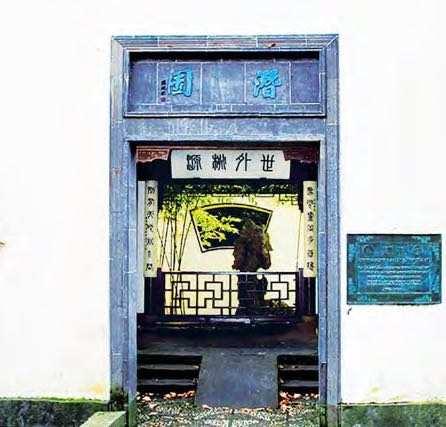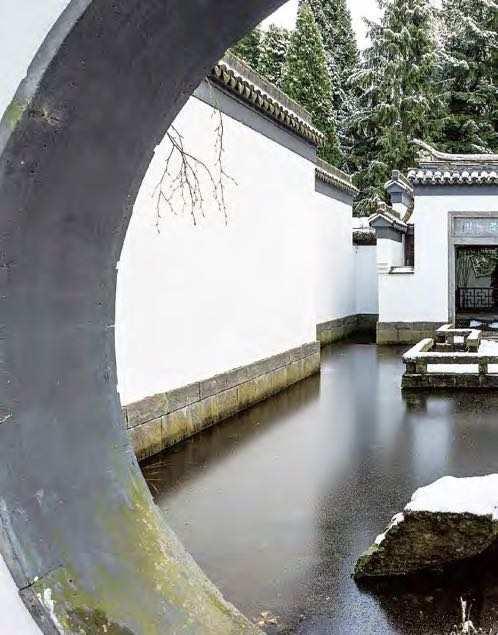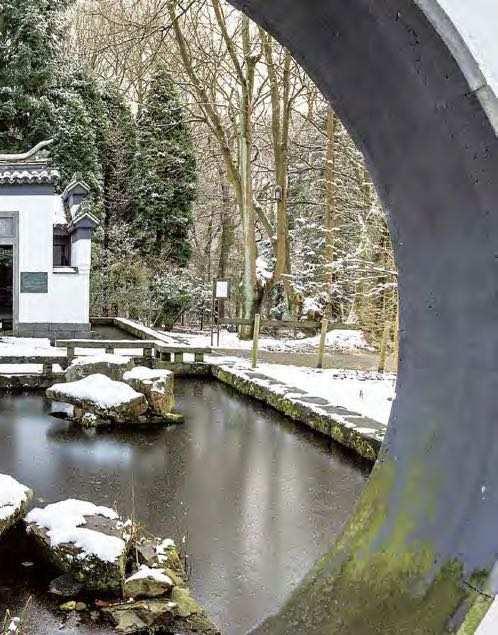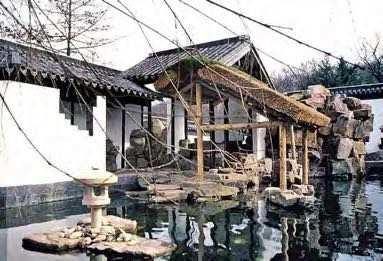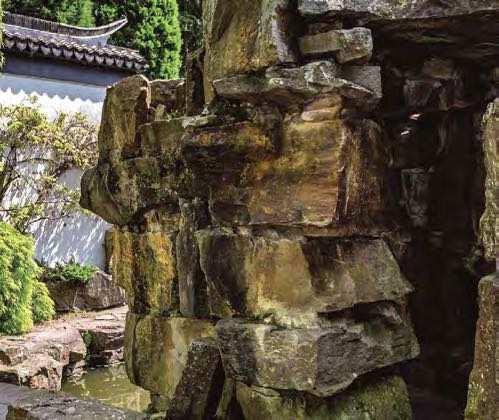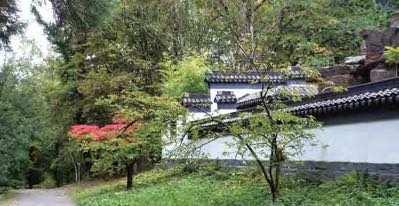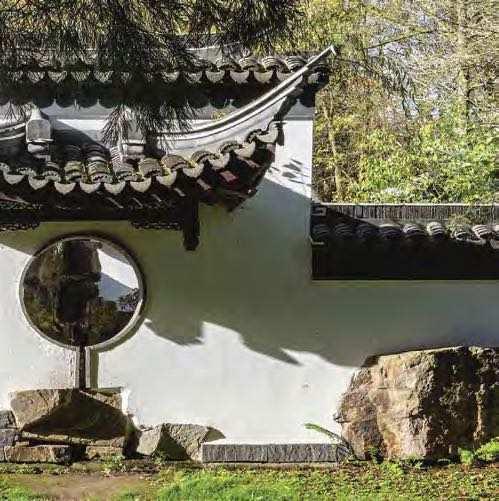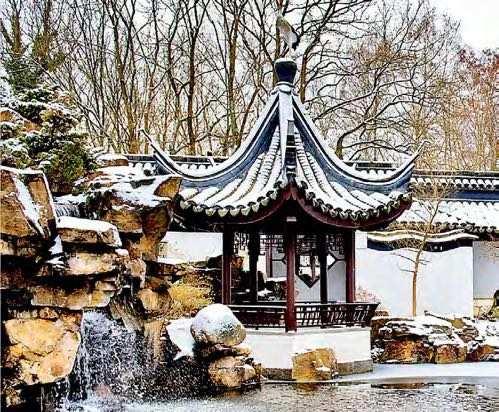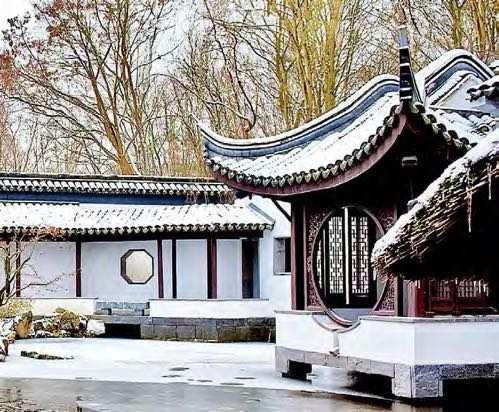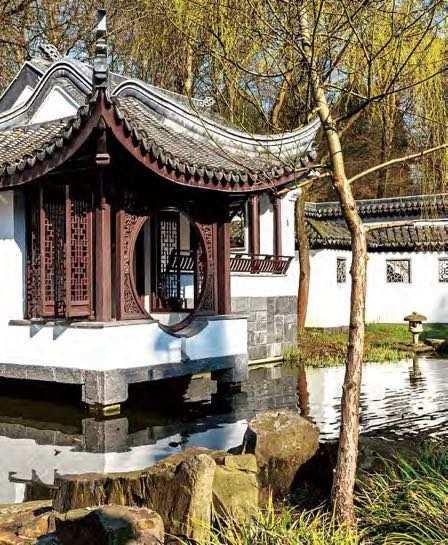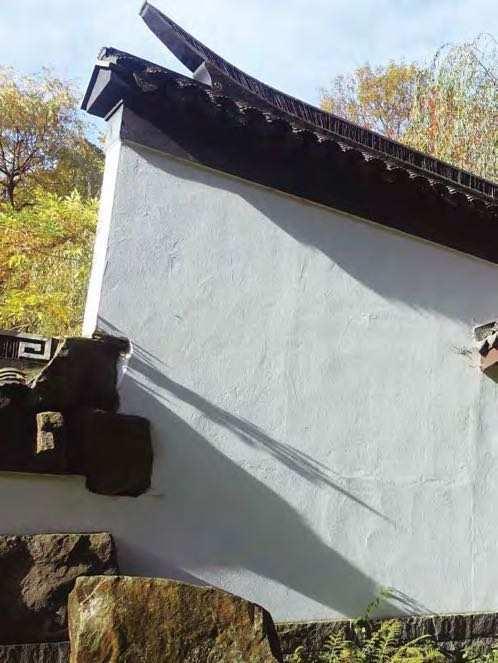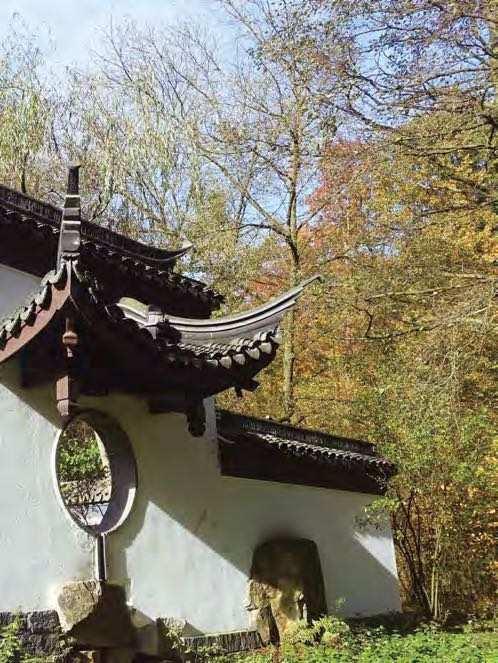
江:著名建筑师黑川纪章曾讲过,建筑是本历史书,在城市中漫步,应该能够 阅读它,阅读它的历史、它的意韵。在建筑设计中既要有实用性,又要融入人
artistic temperament stemmed from the calmness and definitiveness that emerged after he enriched Han culture, and from his well-balanced blending of Eastern and

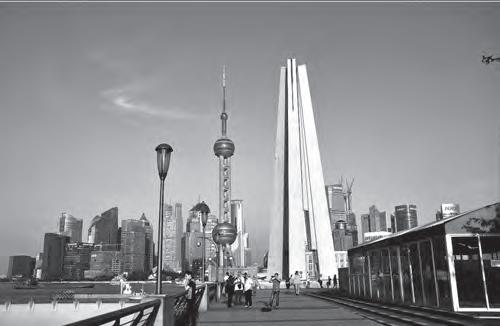


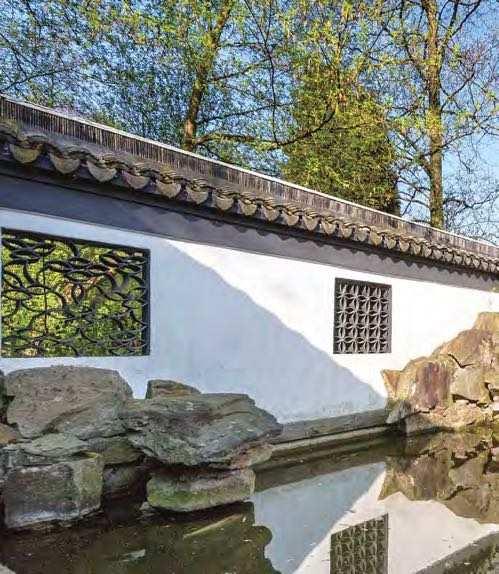

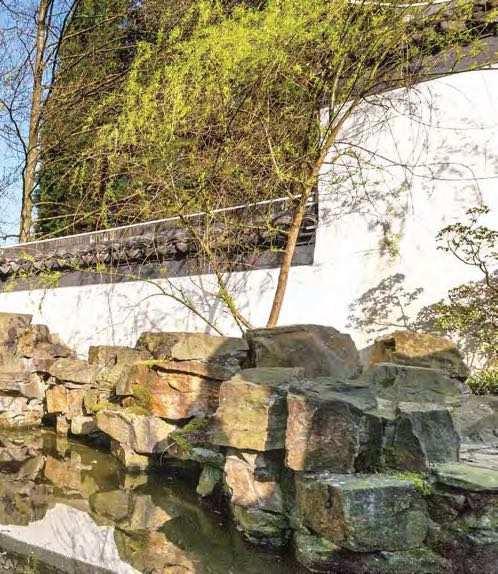



artistic temperament stemmed from the calmness and definitiveness that emerged after he enriched Han culture, and from his well-balanced blending of Eastern and








1990 年施工时,园址改至绿树成荫的植物园中。但此前因建筑布局及构架均大局已定,我们 只能根据新址的现场情况做些调整,使潜园得到一些借景机会。
潜园的主体建筑由无锡园林古建公司承建,并赴德国现场施工,先后由当地有关专业公司和 德国工程师克吕格尔配合,共同施工。我和司马铨老师负责现场指导。施工时间甚短,1990 年 5 月正式开工建造,同年 11 月 29 日建成并举行了揭幕式。

Ruan’s block-printed verison of it in Tokyo’s “Cabinet Library” (the Naikaku Bunko). The Society for the Study of Chinese Architecture published the treatise in 1932 in three volumes. Since then, Chen Zhi, Chen Congzhou, and others have interpreted and publicized its important value.

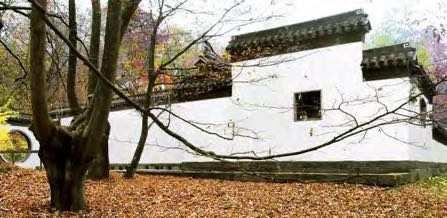 From Jiang Long, Dong Yuhai, eds, Yangzhou Famous Works, Jiangsu Guangling Press, February 2017: 44-48.
From Jiang Long, Dong Yuhai, eds, Yangzhou Famous Works, Jiangsu Guangling Press, February 2017: 44-48.

因我当时并不知此是原句,为了念起来顺口我就改成,“远山近水皆有情”了。此名联流传各地, 在我国许多风景名胜地都可看到它的传抄版,但它们的老祖宗就出自“沧浪亭”。而潜园的这幅 对联应属得上是沧浪亭的直系第二代吧!德国的潜园与苏州的沧浪亭就有了某种直系“血缘”关系。
这是一个美好而真实的故事,巧亦巧矣,妙亦妙矣!真的要感谢郑孝正老师为潜园认证了这 门“千古名亲”。
